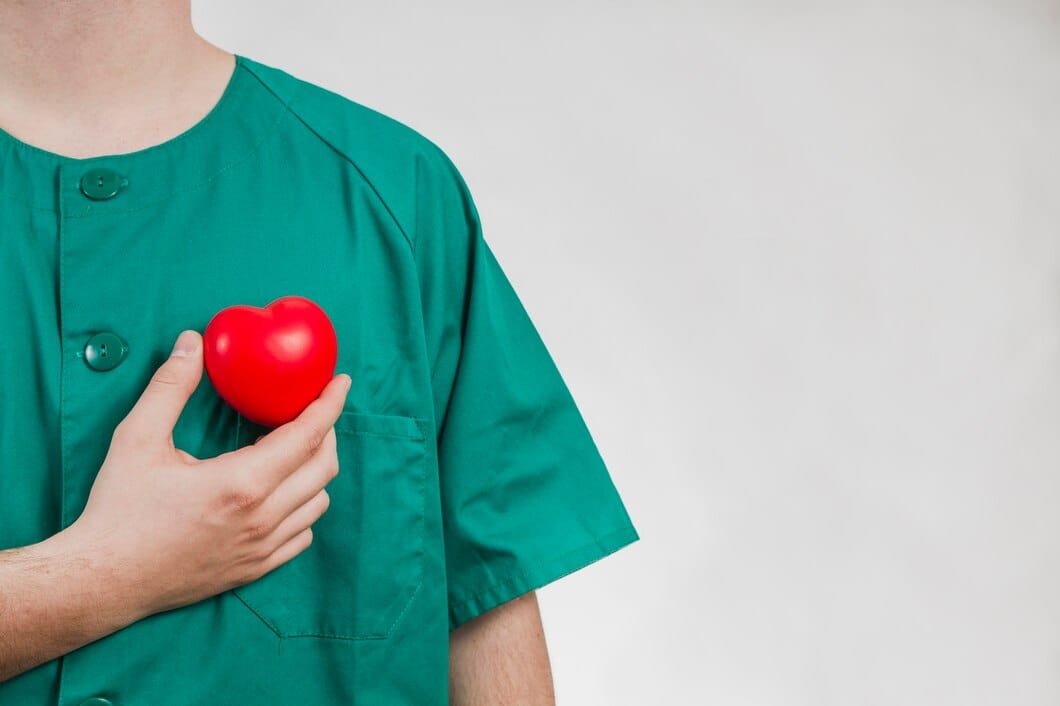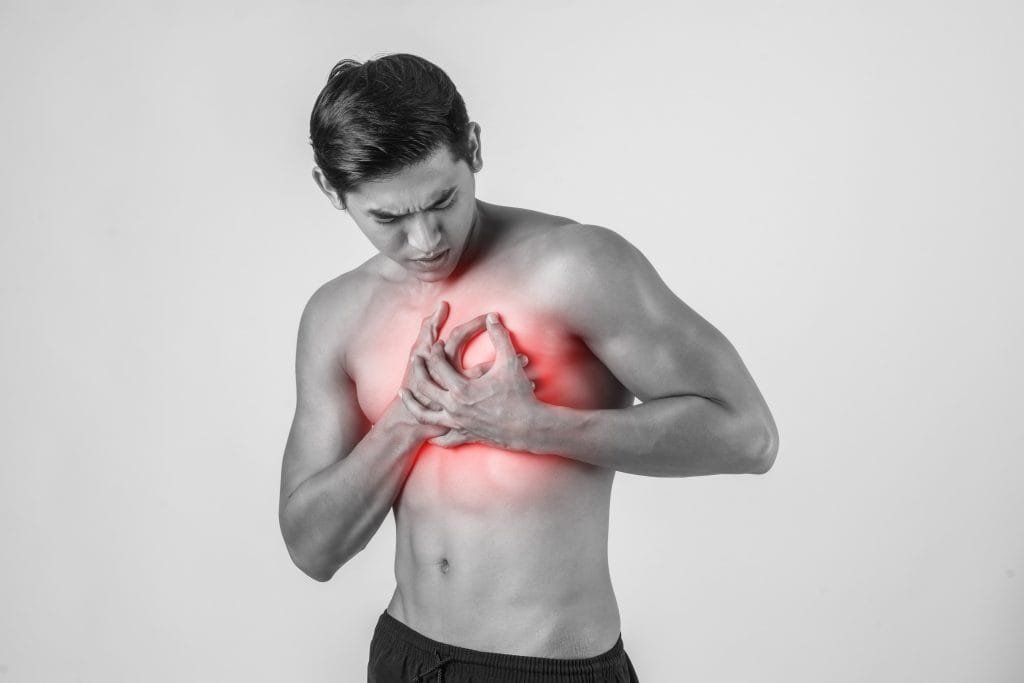Understanding how the heart works is of prime importance for our overall health. The heart is a complex organ, more than a pump, which works together in different ways to sustain life. Even though many people think of their hearts only when they undergo symptoms such as chest pains and breath shortness, an active approach to heart health can prevent these serious conditions from developing. Taking such preventive measures requires an understanding of the anatomy, functions, and potential diseases of the heart that one can do to keep it strong and healthy for years to come.
Let us understand our heart and how to keep it healthy.
Key Takeaways:
- The heart pumps healthy, oxygenated blood and is responsible for circulation.
- A few heart ailments would end dangerously, like heart failure and coronary artery disease.
- Any early manifestation of heart disease, such as shortness of breath and chest pain, should not be ignored.
- Live a heart-healthy life and reduce the risk of developing one of the most serious heart diseases.
Introduction to Heart
The heart is one of the body’s most important organs; it is responsible for pumping blood and oxygen to all the parts. But what exactly is the heart, and why is it so significant in life? The heart is a muscle located slightly towards the left of the thorax, working tirelessly to pump blood. Each day, the heart beats about one hundred thousand times. This whole time, the heart ensures every cell of our body receives enough oxygen and nutrients for its biological functions. Without the heart, there can be no life; it acts as the machine that keeps the body system alive.
Functions of Heart
The heart regulates numerous processes essential for survival and is indeed much more than a mere pump, being one of the most efficient organs. Here are its major functions:
- Pumping Blood: The heart thus ensures that every organ in the body is supplied with oxygenated blood while driving deoxygenated blood back to the lungs for re-oxygenation.
- Maintaining Blood Pressure: It regulates blood flow through arteries and veins, preventing hypertension (high blood pressure) and hypotension (low blood pressure).
- Nutrient and Waste Transport: The heart plays a crucial role in transporting nutrients to organs while carrying away carbon dioxide and metabolic waste products.
- Electrical System Regulation: The sinoatrial (SA) node acts as the heart’s natural pacemaker, sending electrical impulses to maintain a steady heartbeat.
- Valve Function: The four heart valves—mitral, tricuspid, aortic, and pulmonary—ensure that blood flows in one direction, preventing backflow and maintaining circulation efficiency.
Anatomy of Heart
The heart is a muscular organ that is roughly the size of a fist, positioned slightly to the left of the chest. Understanding its structure helps in recognising how it functions. The heart consists of four chambers – the right and left atria (upper chambers) and the right and left ventricles (lower chambers). The right side of our heart pumps deoxygenated blood to the lungs, and the left side pumps oxygenated blood to the body.
Understanding The Parts:
- Heart Walls: The heart is made up of three layers:
- The endocardium (inner lining) ensures smooth blood flow.
- The myocardium (middle muscular layer) enables the heart to contract and pump blood.
- The pericardium (outer protective layer) provides structural support and lubrication.
- Major Blood Vessels: The heart is connected to major arteries and veins, including:
- Aorta – the largest artery that carries oxygen-rich blood to the body.
- Pulmonary arteries and veins – responsible for transporting blood between the heart and lungs.
- Vena cava – returns deoxygenated blood from the body to the heart.
- Internal Structure of Heart: The septum is a thick wall that separates the left and right sides of the heart, preventing the mixing of oxygenated and deoxygenated blood.
- Heartbeat Regulation: The heart’s electrical system ensures a coordinated contraction and relaxation cycle, which is crucial for maintaining effective blood circulation.
Common Heart Diseases
Heart problems affect millions of people worldwide. Understanding these conditions can help in early diagnosis and treatment:
- Coronary Artery Disease (CAD): Caused by plaque buildup in the coronary arteries, reducing blood flow to the heart and increasing the risk of heart attacks.
- Heart Blockages: Partial or complete blockages in the arteries can lead to chest pain (angina), shortness of breath, and even cardiac arrest.
- Congenital Heart Defects: Structural abnormalities present from birth, affecting how blood flows through the heart and body.
- Cardiomyopathy: A condition where the heart muscle weakens, making it difficult for the heart to pump blood efficiently.
- High blood pressure or Hypertension: This condition consists of elevated arterial pressure over a period of time, which may damage blood vessels and strain the heart.
Symptoms of Heart Diseases
Besides that, the prompt recognition of heart disease symptoms can sometimes be the difference between life and death. The most common symptoms consist of the following:
- Chest pain: Often an ominous sign of a heart attack or blockage in the arteries.
- Shortness of Breath: This may indicate heart failure, where the heart struggles to pump enough blood.
- Irregular Heartbeat: Palpitations or arrhythmias can be a sign of electrical disturbances in the heart.
- Swelling in Legs and Feet: Fluid retention due to poor heart function can cause swelling in the lower limbs.
- Dizziness and fatigue: Because of poor circulation, there is less oxygen supply for reaching the brain, which causes a feeling of tiredness and dizziness that lasts almost all day.
Treatment of heart disease
In some cases, heart diseases can be treated by the application of medical interventions along with lifestyle changes. Some common remedies may include:
- Lifestyle Changes: Following a heart-healthy diet, engaging in regular physical activity, and managing stress are some means to prevent and control heart diseases.
- Medications:
- Statins: These are helpful in lowering cholesterol levels.
- Beta-blockers: The beta-blockers control blood pressure and heart rate.
- Anticoagulants: Anticoagulants thin the blood to reduce clotting risk and to prevent heart attacks or strokes.
- Surgical Procedures:
- Angioplasty and stent placement: A minimally invasive procedure to open blocked arteries.
- Coronary bypass surgery: Reroutes blood flow to improve circulation.
- Pacemakers and defibrillators: Help regulate heart rhythms in arrhythmia patients.
- Heart Attack Treatment: Emergency treatments like clot-dissolving drugs or rapid angioplasty can prevent further heart damage.
- Cardiac Rehabilitation: Supervised exercise programs, dietary counselling, and stress management help patients recover from heart conditions and prevent future complications.
Tips for Keeping a Healthy Heart
Prevention is better than cure. Here are some proven tips for maintaining heart health:
- Balanced Diet: Include more fibre-rich, healthy fats and antioxidants into your diet while minimising processed food and excessive salt & sugar intake.
- Regular Exercise: Exercise for at least 30 minutes per day, with moderate-intensity walking, biking, or swimming.
- Stress Management: Seek to control your stress almost daily. Chronic stress may cause high blood pressure and heart disease. Meditation, yoga, and deep breathing exercises promote relaxation.
- Blood Tests: Regular blood tests can determine hypertension and check cholesterol levels. Yearly check-ups are appropriate for those at risk.
- Avoid smoking and alcohol: Smoking clogs arteries with plaque, while alcohol increases the risk of heart disease due to high blood pressure.
Atrius Cardiac Care for a Healthy Heart
Armed with knowledge about the heart and the signs of heart disease, we can thus save lives. Through lifestyle performance and timely medical interventions, one may ensure heart health that leads to a fuller, healthier life. Being informed and active, we can take charge of our cardiovascular health with whatever living we ought to save from pernicious heart diseases.
Keep your heart health in check! The Atrius Cardiac Care team provides personalised treatment and prevention for a strong heart. Schedule your appointment now and start your journey into a healthier tomorrow!
Frequently Asked Questions:
- What are the four main functions of the heart?
The four main functions include pumping oxygen-rich blood, removing waste, maintaining blood pressure, and regulating body temperature.
- How do I know if I have heart disease?
Common symptoms include chest pain, fatigue, shortness of breath, and irregular heartbeat.
- What is the difference between heart attack and heart failure?
A heart attack occurs due to blocked arteries, cutting off blood supply, while heart failure happens when the heart is unable to pump blood efficiently.
- How can I improve heart function?
Regular exercise, a healthy diet, and stress management are key to maintaining a strong heart.
- What are the types of heart disease?
The four types include coronary artery disease, heart arrhythmias, heart valve disease, and congenital heart defects.

